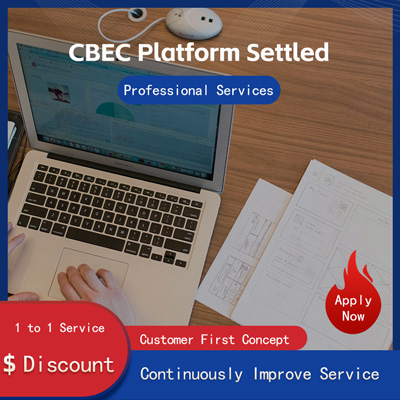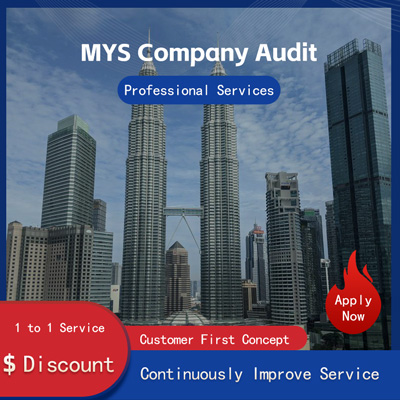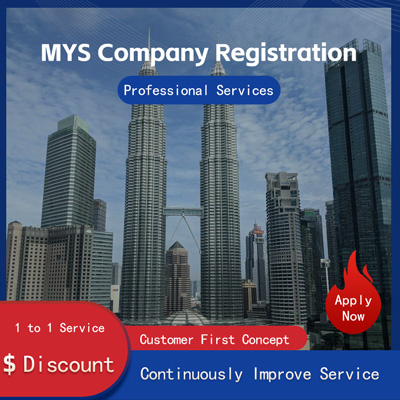
Analysis of Amazon FBA and FBM Shipping and Replenishment Processes
What Are the Shipping and Replenishment Processes for Amazon FBA and FBM?
In the cross-border e-commerce field, as one of the largest e-commerce platforms globally, Amazon's logistics services are crucial for sellers. Amazon provides two primary logistics models FBA Fulfillment by Amazon and FBM Fulfillment by Merchant. Each mode has its own characteristics and caters to different seller needs. This article will provide a detailed explanation of the shipping and replenishment processes for Amazon FBA and FBM, along with relevant news analysis.

First, let’s look at the FBA shipping process. FBA is a model where Amazon handles warehousing, delivery, and customer service. When a seller chooses FBA, they first need to ship goods in bulk to Amazon's warehouse, referred to as inbound or receiving. This process typically includes the following steps First, the seller must create an inbound plan through Amazon's Seller Central and print the corresponding labels; then, pack the goods and affix the appropriate barcodes or labels, ensuring compliance with Amazon's requirements; finally, transport the goods to the designated Amazon warehouse address via a carrier. According to news reports, in recent years, to improve efficiency, Amazon has expanded multiple FBA warehouses worldwide, making the FBA logistics network more comprehensive and significantly reducing order processing time. Once the goods reach the warehouse, Amazon takes over subsequent sorting, storage, and order fulfillment tasks, including packaging, shipping, and return management.
Next, we examine the FBA replenishment process. Replenishment is a critical part of maintaining inventory levels. For sellers using FBA, they can monitor inventory status in real-time through Amazon's inventory management system. When inventory falls below the set safety value, the system automatically alerts the seller to initiate replenishment. The seller needs to re-execute the inbound process described earlier to send new products to the Amazon warehouse. It should be noted that Amazon also offers an automatic replenishment feature, which predicts future demand based on historical sales data, helping sellers manage inventory more efficiently. To reduce logistics costs, Amazon encourages sellers to adopt a multi-location shipping strategy, dispersing goods across warehouses in different regions to minimize inter-regional transportation time and expenses.
Now, let’s turn to the FBM shipping process. In the FBM model, sellers must complete the entire process from production to delivery independently. This means sellers not only handle warehousing but also undertake packaging, shipping, and customer service. Specifically, the FBM shipping process can be divided into the following steps First, after confirming receipt of a buyer's order, the seller immediately arranges for shipment; second, the seller selects an appropriate courier company to send the product to the buyer; finally, after shipping the item, the seller updates the order status promptly and provides the buyer with a logistics tracking number. Although the FBM model grants sellers greater autonomy, it also entails higher operational pressure. For instance, news reports have covered some small-scale sellers experiencing delayed or lost orders due to a lack of professional logistics teams, severely impacting store credibility.
The FBM replenishment process similarly relies on the seller's self-management capabilities. Without third-party platform intervention, sellers must rely on their judgment to decide when to replenish inventory. This requires sellers to have sharp market insight and precise data analysis skills. If replenishment is untimely, it may lead to stockouts, affecting sales; whereas over-replenishment could result in capital occupation issues. Many FBM sellers are beginning to leverage third-party software to optimize inventory management, such as setting up alert mechanisms to remind them of replenishment times or using data analytics tools to predict future market demand.
In summary, both FBA and FBM have their advantages and disadvantages. The strength of FBA lies in its robust logistics support, saving sellers significant time and effort while enhancing consumer shopping experiences. However, FBA's drawbacks include higher warehousing fees and limitations on inventory management. By contrast, FBM offers greater flexibility and lower costs but comes with greater risks. For newly established small-scale sellers, FBM might be a better choice; whereas medium-to-large-sized sellers aiming to expand their scale are advised to gradually transition to the FBA model.
In conclusion, whether FBA or FBM, the key lies in finding the optimal solution that aligns with the business development needs. As emphasized in Amazon's official blog, success hinges on continuously adjusting strategies to adapt to market changes. Looking ahead, with the continuous growth of the cross-border e-commerce industry, Amazon will continue to optimize its logistics service system, providing sellers with more innovative solutions.
Still have questions after reading this? 26,800+ users have contacted us. Please fill in and submit the following information to get support.

Previous Article
In-Depth Analysis of the African Wig Market Why Do Africans Love Wearing Wigs?
May 07, 2025Next Article
Christmas Is Coming! Essential Marketing Guide for Overseas Independent Station Sellers
May 07, 2025Service Scope
MoreRecommended for You
- Who Bears the Return Shipping Cost for Amazon Sellers? How to Reduce Shipping Costs?
- How Can Global AliExpress Newcomers Make Money by Opening an Online Store? What Are the Techniques?
- How Do Shopee Sellers Choose and Apply Pricing Tools?
- Does Amazon Brazil Site Require Tax Payment? With Global Site Distribution Map of Amazon
- How Many Products Should a New Ebay Store List Daily? The Whole Process of Opening a Store for Individual Sellers
- How to Use Amazon Auto-Replenishment Tools? When Is the Optimal Replenishment Opportunity?
- Difference Between eBay Direct Shipping and Which Is Cheaper?
- How Can Beginners Start Shopee Operations From Scratch? What Are the Shopee Operation Models?
- Why Is Amazon Taking So Long to Ship? How to Expedite Your Order?
- eBay Store Runs Ads but No Traffic? Ways to Check eBay Traffic Data
- Reasons Why Lazada Cross-Border E-commerce Can't Open a Store and Inclusion Conditions
- Amazon Domestic Self-Fulfillment Process and Requirements
- VAT Rate and Payment Methods for Amazon Italy
- How to Cancel a Payment Order on AliExpress? Unveiling AliExpress Orders
- Shopee Return Policy Explained A Guide to Returning Orders and Refunds, Must-Read for Beginners
- How to Increase Traffic for New Products on AliExpress? Detailed Explanation of Entry Requirements and Costs for AliExpress
- How to Register for Lazada Thailand Local Store? Lazada Product Listing Operation Guide
- How to Check Others' Sales on TikTok? Unveiling Best-Selling Products on TikTok
- How to Choose Accessories on Shopee Taiwan? Does Shopee Allow the Sale of Branded Products?
- How Can Amazon Sellers Cancel an FBA Order? Can FBA Sellers Cancel Orders?


 ONE
ONE








Customer Reviews
Small *** Table
December 12, 2024The experience was very good. I was still struggling to compare it with other companies. I went to the site a few days ago and wanted to implement it as soon as possible. I didn't expect that everything exceeded my expectations. The company is very large, with several hundred square meters. The employees are also dedicated and responsible. There is also a wall of certificates. I placed an order on the spot. It turned out that I did not make a wrong choice. The company's service attitude is very good and professional. The person who contacted me explained various things in detail in advance. After placing the order, the follow-up was also very timely, and they took the initiative to report the progress to me. In short, I am very satisfied and recommend this company!
Lin *** e
December 18, 2024When I first consulted customer service, they recommended an agent to me. They were very professional and patient and provided excellent service. They answered my questions as they came in. This 2-to-1 service model is very thoughtful. I had a lot of questions that I didn’t understand, and it’s not easy to register a company in Hong Kong. Fortunately, I have you.
t *** 7
December 19, 2024I originally thought that they only did mainland business, but I didn’t expect that they had been doing Hong Kong business and were doing very well. After the on-site interview, I decided to ask them to arrange the registration of my Hong Kong company. They helped me complete it very quickly and provided all the necessary information. The efficiency was awesome. It turns out that professional things should be done by professionals.👍
b *** 5
December 16, 2024In order to register a company in Hong Kong, I compared many platforms and stores and finally chose this store. The merchant said that they have been operating offline for more than 10 years and are indeed an old team of corporate services. The efficiency is first-class, and the customer service is also very professional.